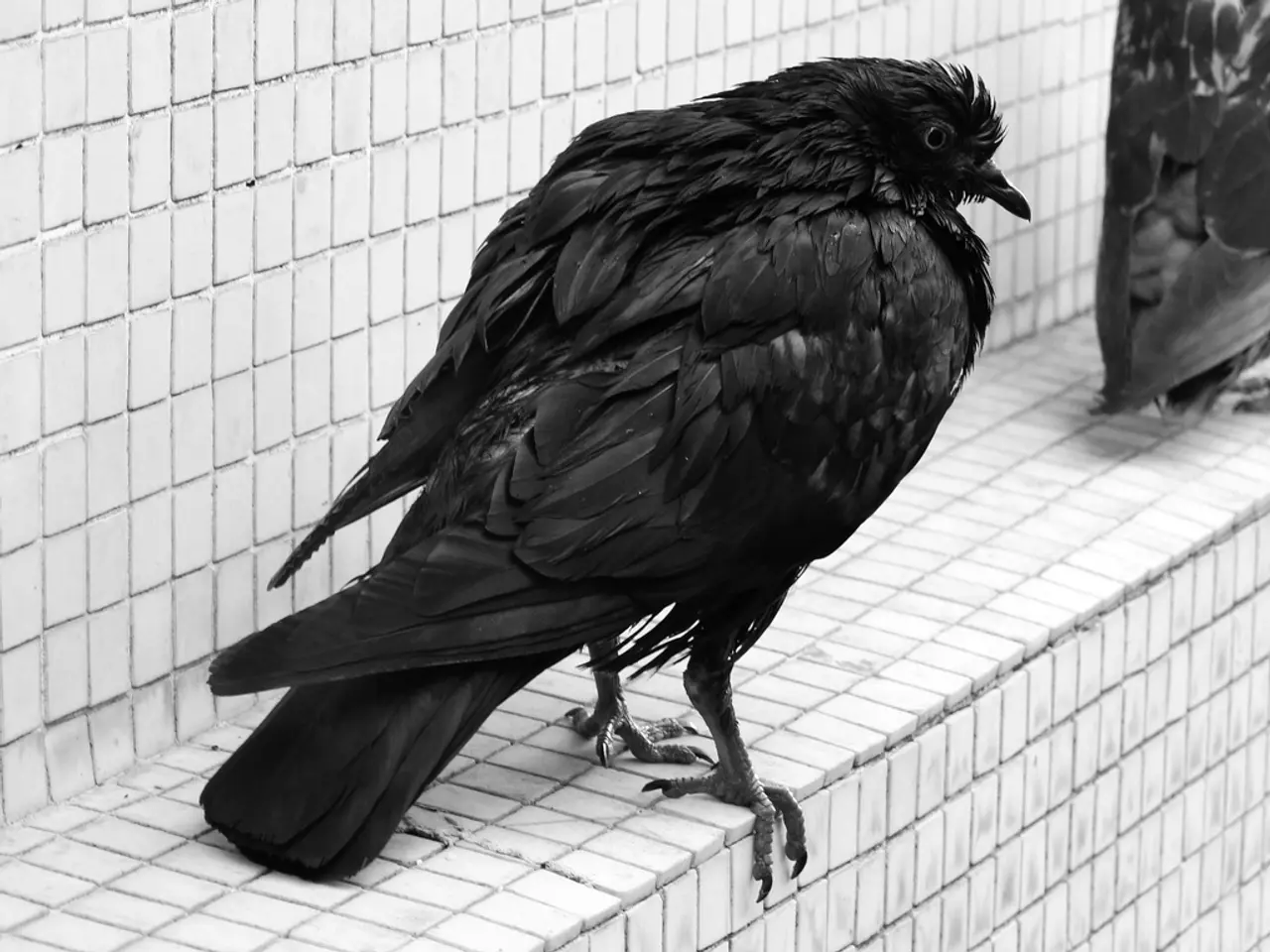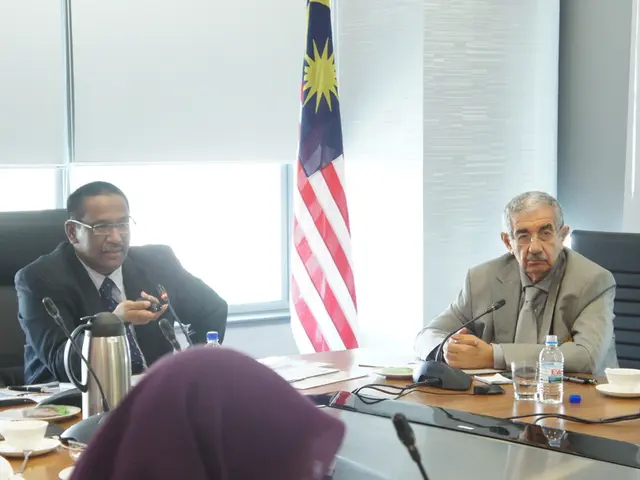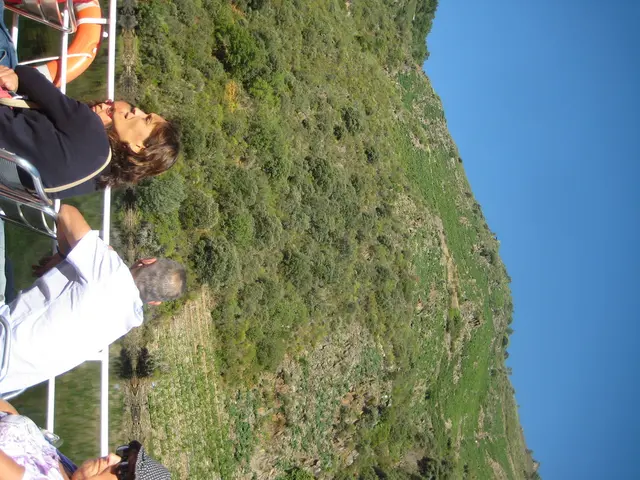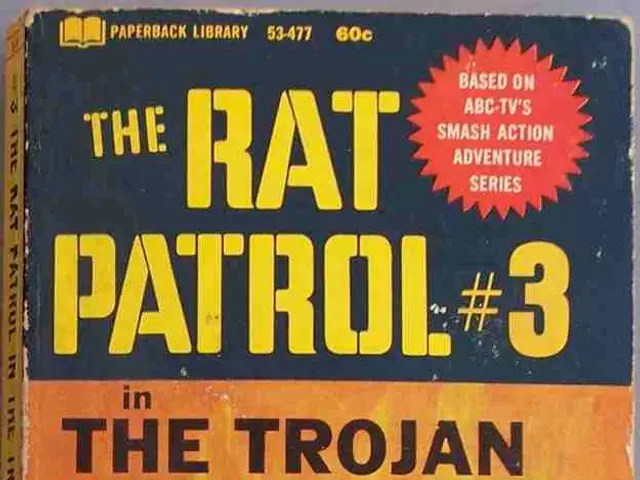"Three Expert Strategies to Prevent Bird Collisions with Windows, Doors, and Outdoor Mirrors - It's Not a Bird Issue, but a Design Matter"
===============================================================================
In a bid to protect our feathered friends and the ecosystems they inhabit, it's essential to address the issue of bird collisions with windows, doors, and mirrors. Treating this as a design problem rather than a bird problem can help us create a safer environment for these avian visitors.
One simple solution is the use of a bird cleaner with a rounded perch, providing added comfort and protection for birds' feet. However, the real focus lies in making the glass more visible or less reflective to birds.
Experts recommend several effective DIY methods:
Applying Decals or Films
Applying decals or films on the outside surface in patterns no more than 2 inches apart can break up reflections of sky and vegetation, which birds often mistake for open habitat or flying space. Approved products like Feather Friendly markers, endorsed by the American Bird Conservancy, have been shown to reduce collisions by over 95% while covering only a small part of the glass[1][2].
Using Adhesive or UV-Reflective Tape Strips
Adhesive or UV-reflective tape strips in visible patterns or lines can alert birds to the presence of glass. UV-reflective tape is particularly effective because it is visible to birds but minimally noticeable to humans[3].
Installing Window Screens or Netting
Window screens or netting on the exterior can reduce glare and reflections and provide a soft barrier if birds collide[2][3].
Adjusting Night-Time Lighting
Dimming indoor lights, using blackout curtains, and avoiding bright outdoor lights near windows can help reduce nocturnal bird strikes[3].
Relocating Bird Feeders and Attractive Plants
Positioning bird feeders either very close (within 2-3 feet to reduce collision speed) or far away (at least 10 feet) from windows can prevent sudden high-speed impacts[3][2]. Similarly, moving attractive plants away from windows can help minimize the risk of collisions.
Maintaining Clean Windows
Ensuring windows are clean before applying treatments helps decals stick properly. Interestingly, leaving windows intentionally dirty with soap can also help birds distinguish glass, although this method is less reliable[1][2].
Additional techniques from bird-friendly building design include using fritted or etched glass with ceramic patterns baked into the surface, applying ultraviolet (UV) reflective coatings, and adding architectural features like awnings or louvers to reduce dangerous sky reflections[5].
In summary, the most effective DIY methods focus on breaking up reflections with decals, films, or tape; reducing reflectivity via screens or films; managing lighting; and carefully positioning feeders and plants to minimize bird confusion and collision risk[1][2][3][5]. By implementing these solutions, we can help create a safer environment for our feathered friends and contribute to a greener, more bird-friendly world.
[1] Feather Friendly. (2021). Reducing Bird Collisions: The Science Behind Feather Friendly Window Markers. Retrieved from https://featherfriendly.com/science/
[2] National Audubon Society. (2021). Bird-Friendly Building. Retrieved from https://www.audubon.org/news/bird-friendly-building
[3] Cornell Lab of Ornithology. (2021). Collisions: How to Prevent Bird Strikes. Retrieved from https://www.allaboutbirds.org/news/how-to-prevent-bird-strikes/
[4] BirdLife International. (2019). Light Pollution and Birds: The Facts. Retrieved from https://www.birdlife.org/power-of-nature/our-impacts/light-pollution-and-birds
[5] American Bird Conservancy. (2021). Bird-Friendly Building Design. Retrieved from https://abcbirds.org/program/bird-friendly-building/
Read also:
- Construction company Newkirk Novak issued a Public Notice in relation to the Clean Water Act
- Cost of Sending a 5kg Package via Royal Mail: Rates for Mid-Weight Shipping
- Guide on Water Chemistry Dosage: Understanding What, How Much, and When to Add!
- Artificial Bovine Creation, a Touchy Beaver Issue, and the Sculptures of Barbara Hepworth




